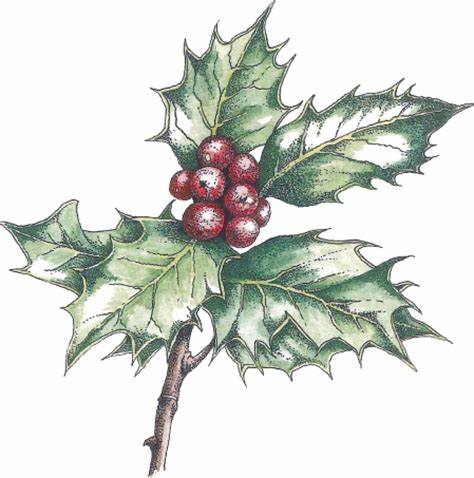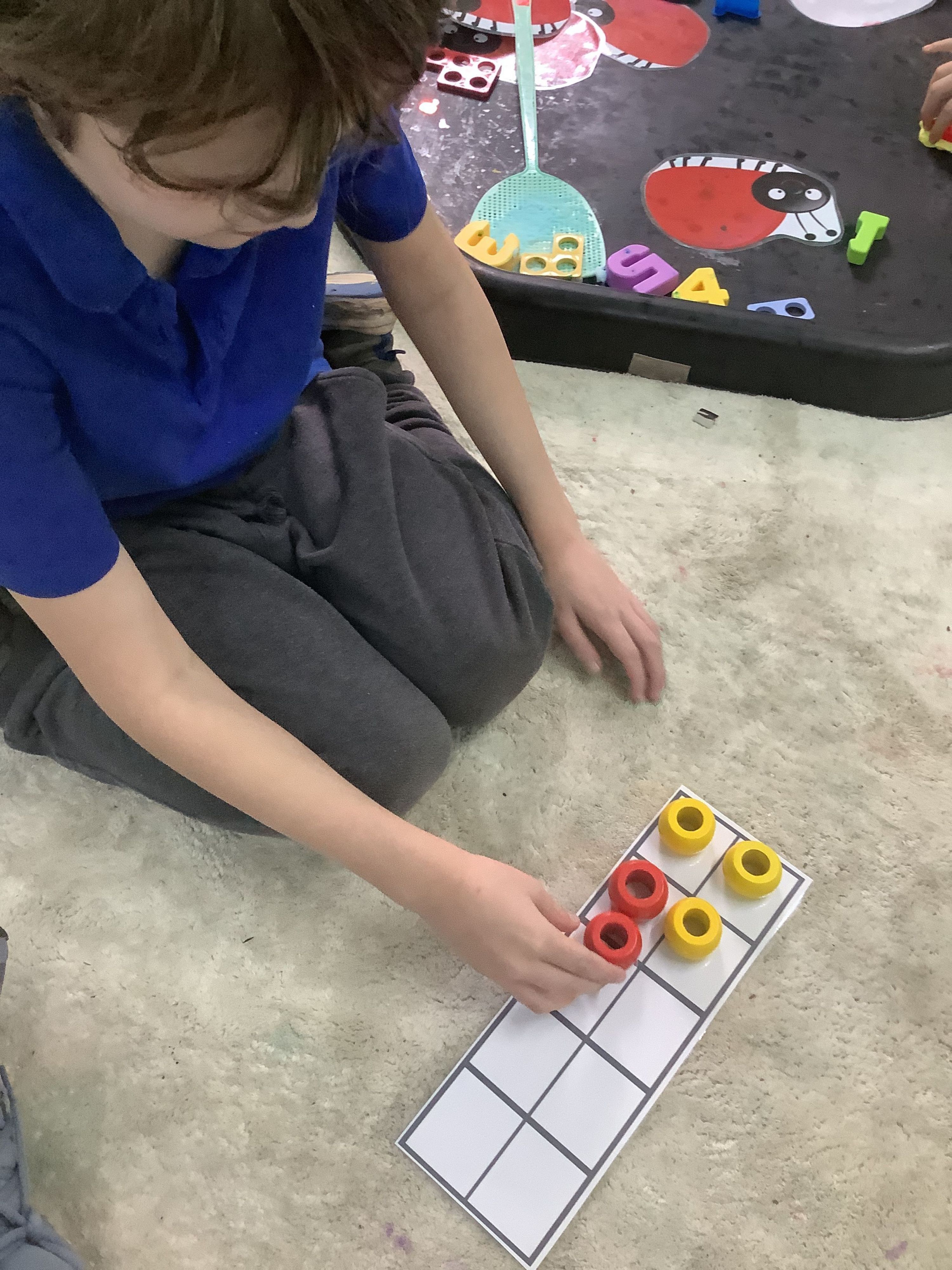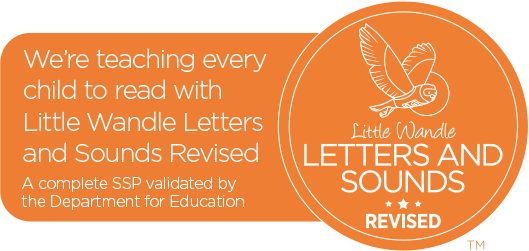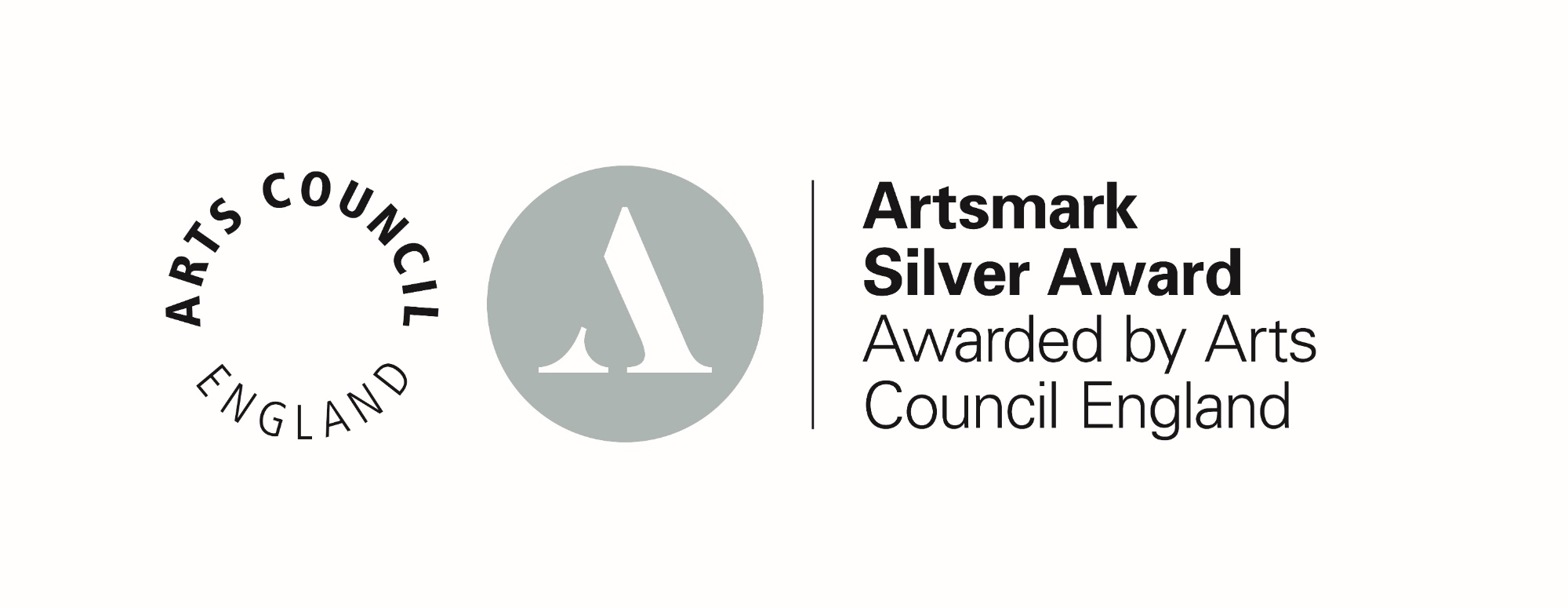Holly

HOLLY
The Holly class is one of our Key stage 1 & 2 classes. The learners here mostly follow our Exploration Pathway. It is part of our lower school.
- The class teacher is Emma Kelarus
- The Lower school lead is Lou Doyle
This week in the Holly Class........
In Holly class we have been working on our counting skills and making numbers up to 10 in our maths lessons. We have been exploring using different manipulatives to support our learning in maths, such as Numicon and Ten frames.
What are Numicon and Ten Frames? These tools are helping our learners to develop a strong foundation in number sense and support their understanding of key mathematical concepts. Here’s a little more about these fantastic resources:
What is Numicon?
Numicon is a hands-on, visual learning tool that uses shapes of different sizes to represent numbers. Each shape represents a different number, and by using these colourful pieces, students can visually see and understand number relationships, addition, subtraction, and even multiplication.
Numicon is particularly helpful for younger learners as it provides a tactile and interactive way to explore numbers. By manipulating these pieces, students gain a deeper understanding of concepts such as:
- Number bonds
- Counting and sequencing
- Place value
- Adding and subtracting
What are Maths Ten Frames?
Maths ten frames are a visual tool used to help our leraners to understand numbers, counting, and basic arithmetic operations. They are rectangular grids that consist of 10 spaces arranged in two rows of five. Ten frames are particularly useful for young children learning to count, recognise numbers, and develop an understanding of place value.
Here’s how they work:
-
Number Representation: Each space on the frame represents a single unit. When you fill in a space with a counter (or dot, or other marker), you're visually representing a number. For example, if 3 spaces are filled, it shows the number 3.
-
Counting and Number Sense: By filling in the ten frame, students can easily see how numbers are composed. For example, the number 7 might be represented as a full top row (5) and 2 more spaces in the bottom row. This visual helps our learners grasp the concept of part-whole relationships.
-
Addition and Subtraction: Ten frames help visualise basic operations like addition and subtraction. For example, to add 4 and 3, you can fill one frame with 4 counters, then use a second frame to add 3 more counters, helping learners see the total of 7.








